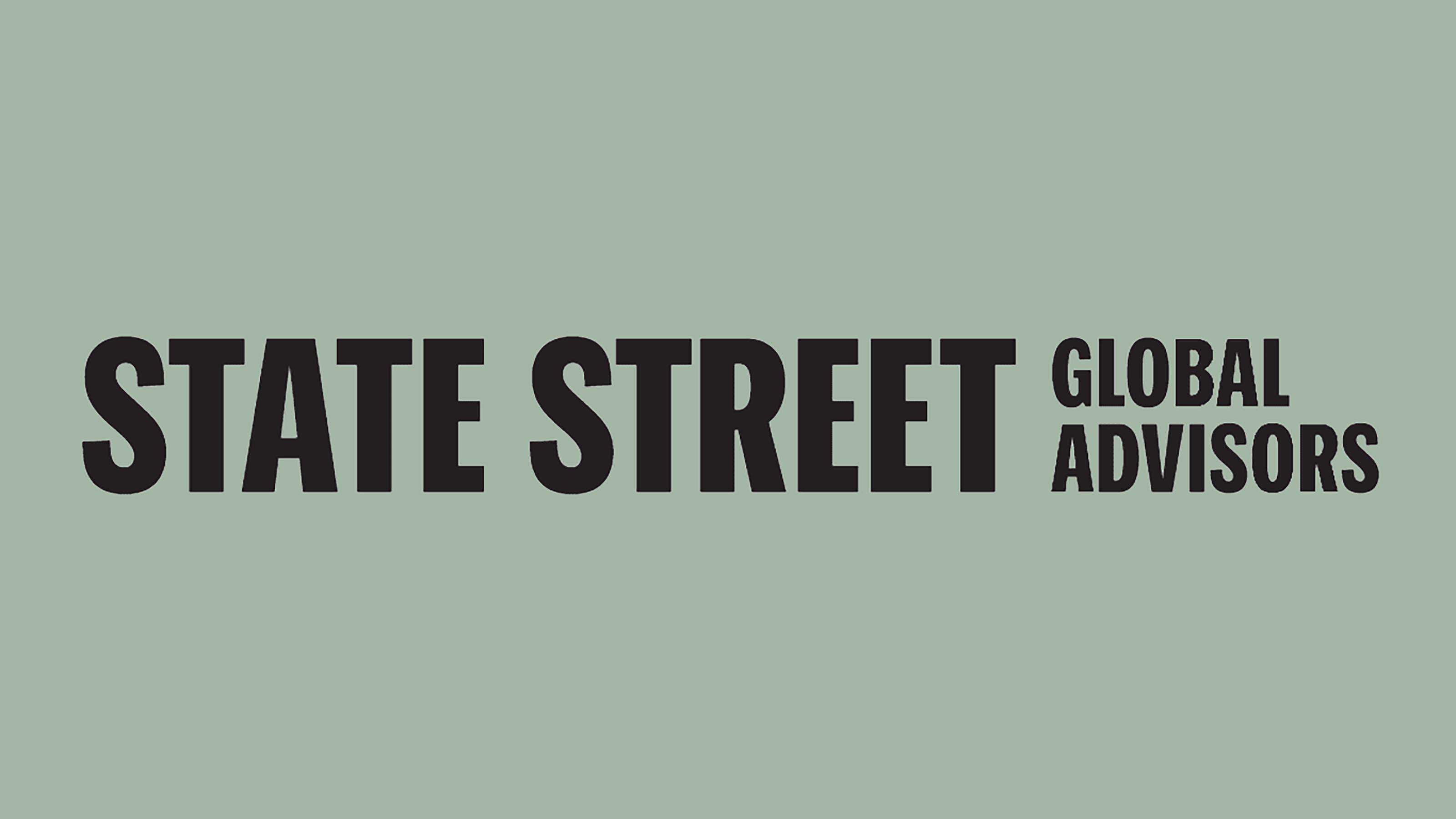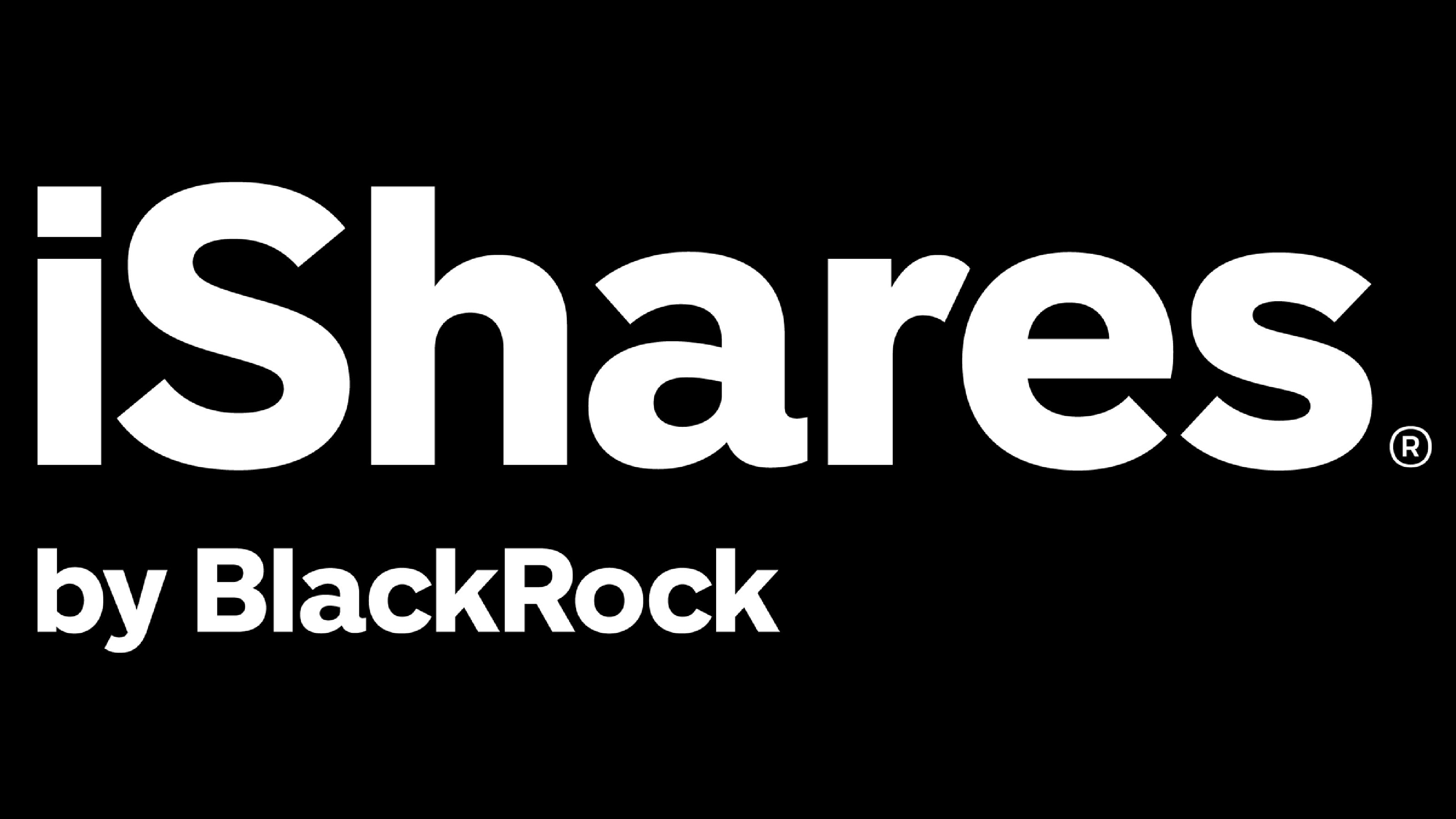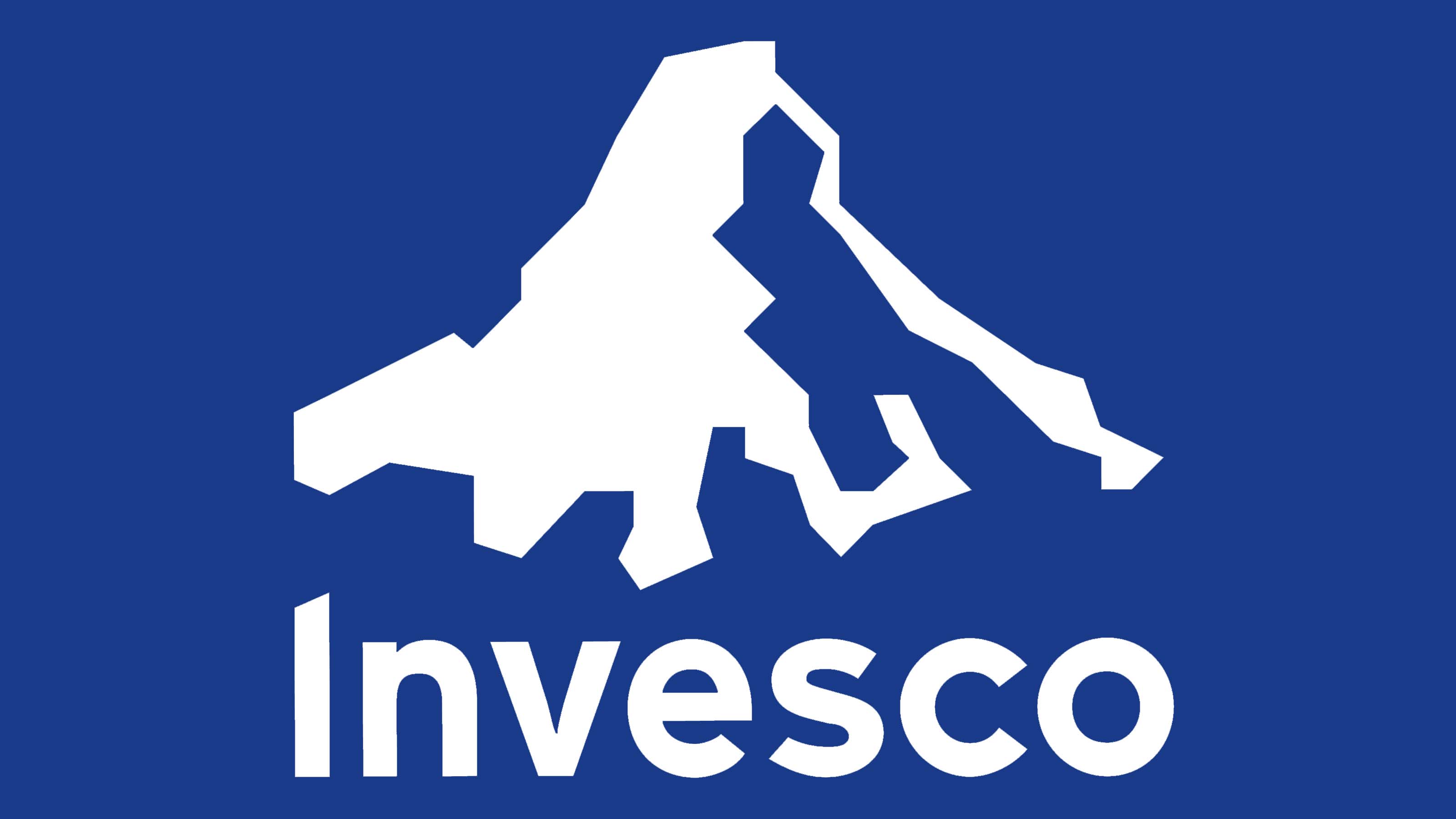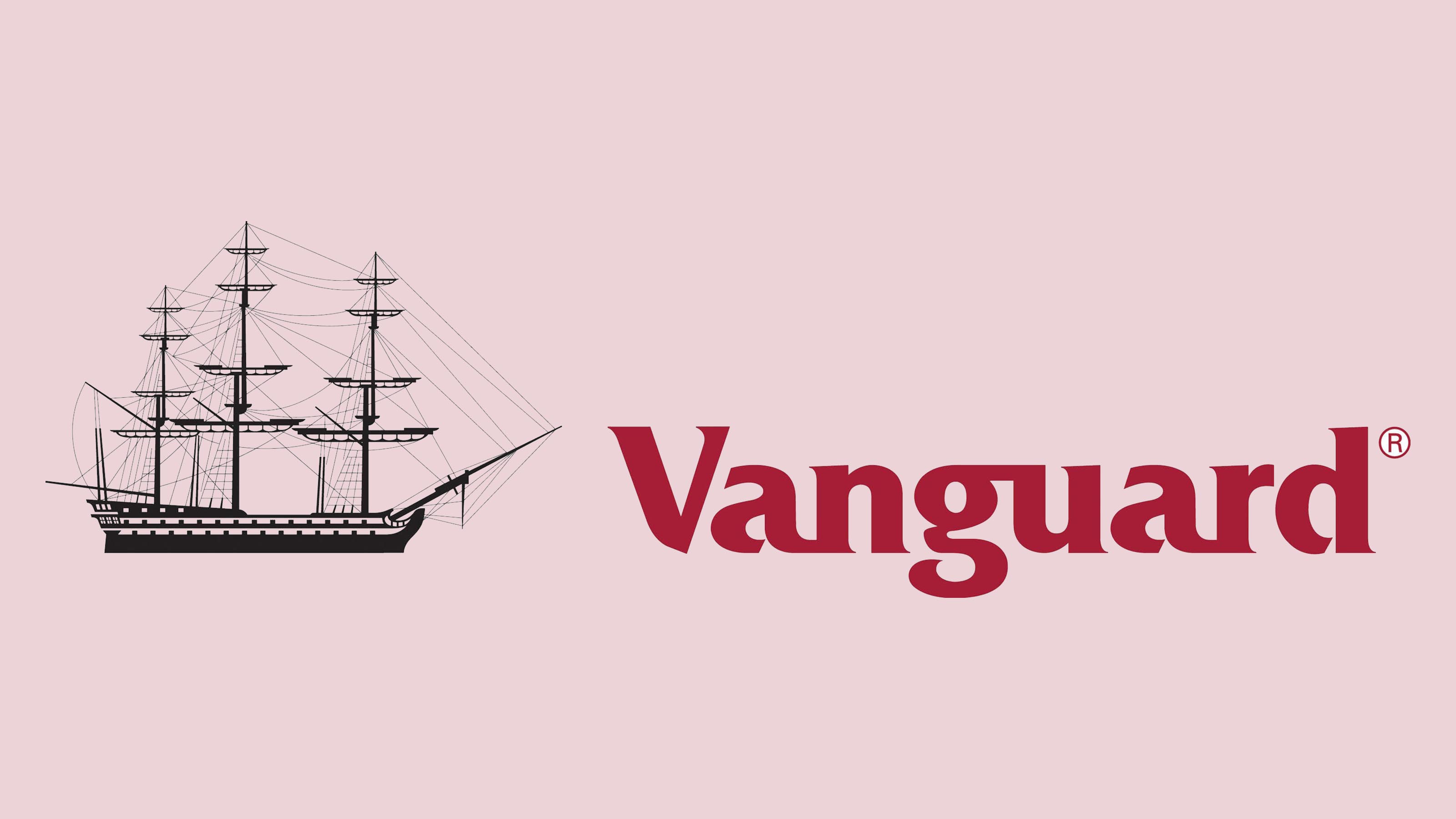S&P 500 ETFs: 7 Ways to Play the Index
Trillions of dollars are benchmarked to the ubiquitous S&P 500. These S&P 500 ETFs let you play the index directly or with a twist.


The universe of exchange-traded funds (ETFs) includes more than 15,000 products worldwide, ranging from sophisticated and tactical funds to rather vanilla index funds tied to tried-and-true benchmarks. Among the latter, few are more popular than S&P 500 ETFs.
The S&P 500 Index is one of the stock market's most widely followed benchmarks, because it's comprehensive, diversified and fairly easy to understand. It tracks the shares of 500 large, predominantly U.S-domiciled companies that trade on the major American exchanges. That's it.
While purchasing all 503 stocks that make up the index will give the average retail investor exposure to the broad market, buying an S&P 500 ETF requires much less capital.
Even Berkshire Hathaway (BRK.B) CEO Warren Buffett believes most investors should just buy and hold an S&P 500 fund. Buffett bought two such funds for the Berkshire Hathaway equity portfolio in 2019, and he raised the topic at his company's annual shareholder meeting in 2021, saying, "I recommend the S&P 500 index fund and have for a long, long time."
When a world-class stock picker tells even well-heeled investors in his own company to stop picking stocks and simply buy and hold the S&P 500, small investors should take notice and follow this advice.
If you're interested in doing just that, here are seven S&P 500 ETFs to consider.
While some of the funds on this list of the best ETFs provide direct exposure to the major market index, others provide interesting twists that make them mainstays of more active tactical investors and even traders.
Data are as of October 2. Dividend yields represent the trailing 12-month yield, a standard measure for equity funds.

SPDR S&P 500 ETF Trust
- Assets under management: $682.6 billion
- Expenses: 0.095%, or $9.50 annually on every $10,000 invested
- Dividend yield: 1.1%
The SPDR S&P 500 ETF Trust (SPY) is the first U.S.-listed ETF, launched at the beginning of 1993.
This ETF has approximately $680 billion in assets under management (AUM) and has long been the most liquid and popular vehicle to play the U.S. stock market. Although SPY is quite popular, it's certainly not the lowest-cost ETF tracking the S&P 500, with a gross expense ratio of 0.095%. That's three times as much as some of the S&P 500 ETFs on this list.
Why do some investors choose to pay more?
For starters, 0.095% adds up to a mere $9.50 a year on every $10,000 invested, so that's not exactly breaking the bank. SPY also continues to be the go-to vehicle for large institutional traders seeking to put on big positions. In such circles, the liquidity risk that comes with trading a product that doesn't have as much volume is a much bigger concern than a small difference in annual fees.
If you're not a Wall Street titan, then you have different priorities. In other words, SPY might not be the perfect solution for buy-and-hold investors.
Learn more about SPY at the State Street Investment Management provider site.

iShares Core S&P 500 ETF
- Assets under management: $703.4 billion
- Expenses: 0.03%
- Dividend yield: 1.2%
Under the auspices of the iShares family of funds run by asset-management giant BlackRock (BLK), the iShares Core S&P 500 ETF (IVV) launched in 2000. Like SPY, it’s large and liquid, with more than $703 billion in assets under management and is one of the top ETFs of any flavor. IVV also boasts a bargain-basement 0.03% expense ratio, making it one of Kiplinger's favorite cheap ETFs.
Like its peers, holdings and overall performance are the same. That performance has been stellar since the March 2020 lows.
On a total return basis (price plus dividends), IVV is up 226.3% since March 23, 2020, and has generated an 19.1% total return in the past 12 months.
By comparison, the tighter 30-stock portfolio of the Dow Jones Industrial Average has produced a 175.7% return since the 2020 bottom and is up 11.9% in the past year.

Invesco S&P 500 Equal Weight ETF
- Assets under management: $74.1 billion
- Expenses: 0.20%
- Dividend yield: 1.6%
While a relatively simple and effective index of domestic stocks, the S&P 500 is not without its drawbacks. Perhaps the most obvious is that it's weighted by market capitalization, meaning the biggest stocks make up the biggest share of the index. Specifically, roughly 38% of the S&P 500's weight is concentrated in its top 10 holdings.
Since those holdings are predominantly large U.S. tech stocks, you won't be surprised to find that the sector is over-represented: S&P 500 ETFs such as SPY allocate more than 34% of their assets to tech stocks at present.
Financials (13.4%), consumer discretionary (10.6%) and health care stocks (9.1%) are also well represented. On the other hand, utility stocks, real estate and materials make up less than 5% of the index's weight.
Many investors might already have a significant stake in technology companies, either through owning individual stocks or other tech-heavy funds. Similarly, some investors might want more exposure to defensive sectors such as consumer staples.
Whatever your needs, if the S&P 500's lopsided constitution isn't for you, consider the Invesco S&P 500 Equal Weight ETF (RSP) as an alternative.
The RSP equally weights every stock in the S&P 500, then rebalances every quarter to ensure a fairly equal distribution of weight across all 500 companies it holds. That means at the start of any given quarter, $3.9 trillion Apple (AAPL) would have the same impact on the fund as $8 billion flooring company Mohawk Industries (MHK), which would round out the bottom of traditional S&P 500 ETFs.
This doesn't mean you'll get a perfect sector balance, however. While each stock is equally weighted, the S&P 500 holds different numbers of stocks from different sectors.
At the moment, industrials is the largest sector allocation of RSP at 15.6% of assets, followed by financials at 14.7%. Meanwhile, the smallest weightings go to investment companies (0.2%) and cash (0.04%).
The Invesco S&P 500 Equal Weight ETF is well established at about $74 billion in assets, and the RSP has held its own against the broad market in recent years, up 190.5% on a total-return basis since the March 2020 bottom.
Note that, at 0.20% in annual expenses, it's pricier than the plain-vanilla S&P 500 ETFs.

SPDR Portfolio S&P 500 ETF
- Assets under management: $87.1 billion
- Expenses: 0.02%
- Dividend yield: 1.2%
In 2019, State Street Global Advisors recognized the difference between institutional traders and smaller "retail" investors. While also acknowledging some investors' preference for SPY's lower-cost competitors, State Street decided to offer a look-alike S&P 500 fund and converted an existing large-cap ETF into the SPDR Portfolio S&P 500 ETF (SPLG).
The big difference — aside from the fact that assets under management total just $87 billion — is that the fee is much less than SPY's at 0.02% annually or a measly $2 per year on every $10,000 invested.
The holdings are exactly the same and in exactly the same proportion: 503 stocks representing 500 of the largest U.S.-listed companies, which collectively represent about 80% of domestic market capitalization.
Leading positions are the same, too, which at the moment include Nvidia (NVDA, 7.8%), Microsoft (MSFT, 6.7% of assets)and Apple (6.6%).
The modest savings in fees might add up over years or decades if you plan to hold this S&P 500 ETF for the very long term. That could make SPLG more attractive to traditional investors than its larger sister fund.
Learn more about SPLG at the State Street Investment Management provider site.

ProShares Short S&P500
- Assets under management: $1.0 billion
- Expenses: 0.89%
- Dividend yield: 5.0%
Among the more interesting ways to play the popular stock index is to bet on a decline through a short fund.
The ProShares Short S&P500 (SH) seeks to deliver the opposite return (minus fees) of the S&P 500 Index.
In other words, if the S&P 500 declines 1% in a day, SH should gain 1% and vice versa.
The stock market trends higher over the long term. Even amid an uncertain outlook for the global economy, U.S. equities have rebounded from a quick April correction. A bearish bet such as ProShares' ETF seems to make little sense. The losses you'd incur during a positive run for the S&P 500 would be compounded by SH's significant costs of 0.89% annually.
Who in the world would buy this inverse ETF?
Speculators betting against a short-term decline might.
Consider that, from March 1 to March 20, 2020, SH surged more than 21%, while the S&P 500 fell by roughly the same amount.
It's also important to note that SH has big purposes for institutional or sophisticated traders looking to hedge against declines. For these investors, this short S&P 500 ETF is more of an insurance policy than a profit vehicle.
These factors might not make ProShares Short S&P500 right for everyone. Most buy-and-hold investors are better off leaving inverse funds alone.
But SH remains an important tool to tactical investors and traders and boasts more than $1 billion in AUM as a result.

Vanguard S&P 500 ETF
- Assets under management: $764 billion
- Expenses: 0.03%
- Dividend yield: 1.1%
We're returning our focus to "vanilla" S&P 500 ETFs with the Vanguard S&P 500 ETF (VOO). With $764 billion in assets under management, it's not only the biggest S&P 500 ETF, it's the biggest exchange-traded fund period.
And if you roll in the look-alike Vanguard mutual fund, you get closer to $2.1 trillion in AUM in this specific S&P 500 strategy.
The exchange-traded VOO is relatively young, launching in 2010 in what seems like a very late entrance onto the ETF scene.
However, many investors know Vanguard and its iconic founder Jack Bogle as pioneers of passive investment strategies that use fixed indexes to power their funds. That's exactly the strategy VOO uses, and it builds on that tradition.
As is its fashion, Vanguard looks to pass on the savings from this simple investment strategy via a low-cost structure for investors. VOO also provides a dirt-cheap 0.03% expense ratio.
Vanguard account holders don't have to look outside the family to gain easy, inexpensive access to this major market index.

Direxion Daily S&P 500 Bull 3x Shares ETF
- Assets under management: $5.9 billion
- Expenses: 0.87%*
- Dividend yield: 0.8%
ETFs and other exchange-traded products (ETPs) are wildly popular among smaller investors, in part because they provide easy access to investments that used to be too complex or costly.
However, the universe of ETPs out there operates under the same principles as anything on Wall Street.
Two of those ideas are particularly important to call out before we discuss our next S&P 500 ETF:
- You shouldn't chase the crowd and should only invest based on your personal means and goals.
- You should never invest in any product unless you fully understand what you're getting into.
Disclaimers out of the way, let's talk about the Direxion Daily S&P 500 Bull 3x Shares ETF (SPXL).
As the "3x" in the name indicates, this is a leveraged fund that seeks to deliver three times the daily performance of the S&P 500 Index (before its rather substantial fees, of course). This goal is attractive to some aggressive investors and for good reason. SPXL surged nearly 700% from the March 2020 bear-market bottom through the start of 2022, significantly outperforming the broader index.
Although Direxion's ETF aims to triple the index's daily movement, longer-term performance can vary greatly in either direction. It should go without saying that while SPXL can generate outsize profits when things go well, you can lose just as much when the S&P 500 goes south.
At a hefty 0.87% in fees, or $87 annually on every $10,000 invested, costs can hold back performance over the very long term, too.
We can't stress enough that leveraged funds such as SPXL are not meant for most individuals who are primarily investing with an eye toward retirement. They're meant for highly experienced tactical investors and day traders — and even then, they should be purchased in modest amounts.
* Includes 0.03% in acquired fund fees and other expenses
Learn more about SPXL at the Direxion provider site.
Related content
Profit and prosper with the best of Kiplinger's advice on investing, taxes, retirement, personal finance and much more. Delivered daily. Enter your email in the box and click Sign Me Up.

Jeff Reeves writes about equity markets and exchange-traded funds for Kiplinger. A veteran journalist with extensive capital markets experience, Jeff has written about Wall Street and investing since 2008. His work has appeared in numerous respected finance outlets, including CNBC, the Fox Business Network, the Wall Street Journal digital network, USA Today and CNN Money.
-
 This Is Why Investors Shouldn't Romanticize Bitcoin
This Is Why Investors Shouldn't Romanticize BitcoinInvestors should treat bitcoin as the high-risk asset it is. A look at the data indicates a small portfolio allocation for most investors would be the safest.
-
 I'm a Federal Benefits Pro: I Answer These 2 Questions a Lot
I'm a Federal Benefits Pro: I Answer These 2 Questions a LotMany federal employees ask about rolling a TSP into an IRA and parsing options for survivor benefits, both especially critical topics.
-
 An Income Strategy for a Volatile Market: Guide for Advisers
An Income Strategy for a Volatile Market: Guide for AdvisersAdvisers are increasingly turning to private credit such as asset-based and real estate lending for elevated yields and protection backed by tangible assets.
-
 Why Investors Shouldn't Romanticize Bitcoin, From a Financial Planner
Why Investors Shouldn't Romanticize Bitcoin, From a Financial PlannerInvestors should treat bitcoin as the high-risk asset it is. A look at the data indicates a small portfolio allocation for most investors would be the safest.
-
 I'm a Financial Pro Focused on Federal Benefits: These Are the 2 Questions I Answer a Lot
I'm a Financial Pro Focused on Federal Benefits: These Are the 2 Questions I Answer a LotMany federal employees ask about rolling a TSP into an IRA and parsing options for survivor benefits, both especially critical topics.
-
 Private Credit Can Be a Resilient Income Strategy for a Volatile Market: A Guide for Financial Advisers
Private Credit Can Be a Resilient Income Strategy for a Volatile Market: A Guide for Financial AdvisersAdvisers are increasingly turning to private credit such as asset-based and real estate lending for elevated yields and protection backed by tangible assets.
-
 5 RMD Mistakes That Could Cost You Big-Time: Even Seasoned Retirees Slip Up
5 RMD Mistakes That Could Cost You Big-Time: Even Seasoned Retirees Slip UpThe five biggest RMD mistakes retirees make show that tax-smart retirement planning should start well before you hit the age your first RMD is due.
-
 I'm a Wealth Adviser: My 4 Guiding Principles Could Help You Plan for Retirement Whether You Have $10,000 or $10 Million
I'm a Wealth Adviser: My 4 Guiding Principles Could Help You Plan for Retirement Whether You Have $10,000 or $10 MillionRegardless of your net worth, you deserve a detailed retirement plan backed by a solid understanding of your finances.
-
 A Retirement Triple Play: These 3 Tax Breaks Could Lower Your 2026 Bill
A Retirement Triple Play: These 3 Tax Breaks Could Lower Your 2026 BillGood news for older taxpayers: Standard deductions are higher, there's a temporary 'bonus deduction' for older folks, and income thresholds have been raised.
-
 If You're Retired or Soon-to-Be Retired, You Won't Want to Miss Out on These 3 OBBB Tax Breaks
If You're Retired or Soon-to-Be Retired, You Won't Want to Miss Out on These 3 OBBB Tax BreaksThe OBBB offers some tax advantages that are particularly beneficial for retirees and near-retirees. But they're available for only a limited time.
-
 Waiting for Retirement to Give to Charity? Here Are 3 Reasons to Do It Now, From a Financial Planner
Waiting for Retirement to Give to Charity? Here Are 3 Reasons to Do It Now, From a Financial PlannerYou could wait until retirement, but making charitable giving part of your financial plan now could be far more beneficial for you and the causes you support.
